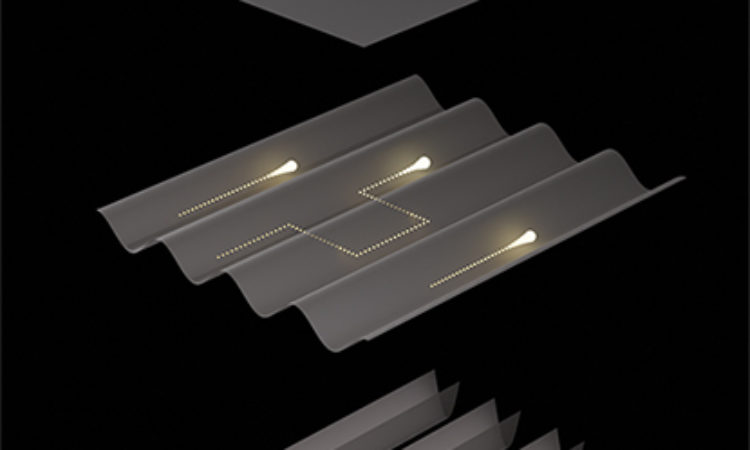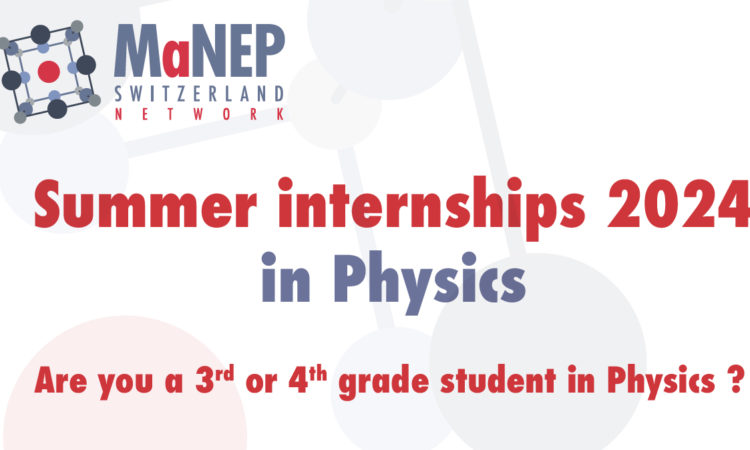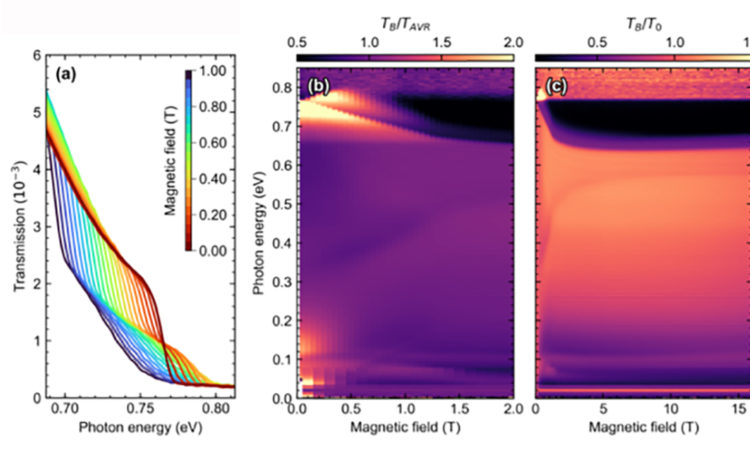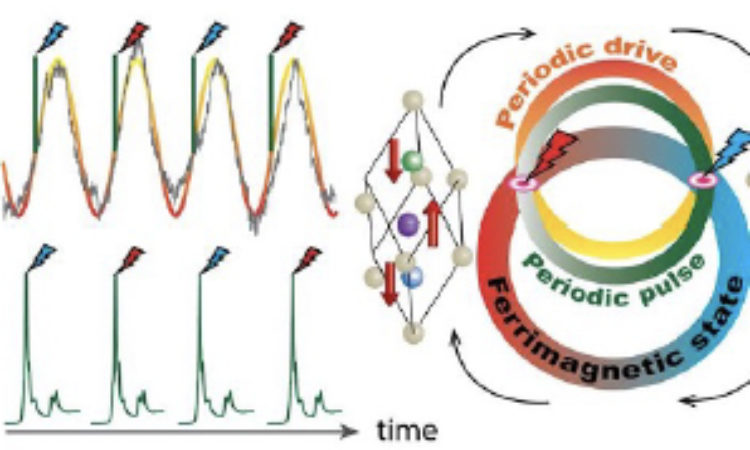Ultra-subwavelength nano-optical microscopy at cryogenic temperatures at the DQMP
A unique cryogenic scanning near-field optical microscope (cryo-SNOM) has been installed at the DQMP and is now able to demonstrate the first promising results. In contrast to the conventional optical microscopes, in this system the sample is probed by the so called evanescent electromagnetic waves, which are emitted and detected by an ultrasharp metallized tip of an atomic-force microscope (AFM) and which have the wavelength much shorter than the wavelength of the usual light waves. The spatial resolution in this case is determined by the tip radius, which is about 10 nanometers. As the resolution is wavelength-independent, the same imaging principle can be used in the visible, infrared and terahertz spectral ranges. Another important advantage of this type of microscopy is that the AFM tip can excite optical collective modes with a large momentum, such as plasmons, which are invisible for the conventional far-field optical microscopy.
This novel equipment has been developed jointly by the companies neaspec and attocube in a close collaboration with the University Geneva. Commercial nano-optical microscopes of this type until now were operating only at ambient temperature. Thanks to this collaboration, the Department of Quantum Matter Physics of the University of Geneva has now the first commercial cryogenic version of this powerful instrument. It will be used, in particular, for nano-optical studies of metal-insulator transitions, quantum Hall effect and superconductivity in novel materials and nanostructures.




